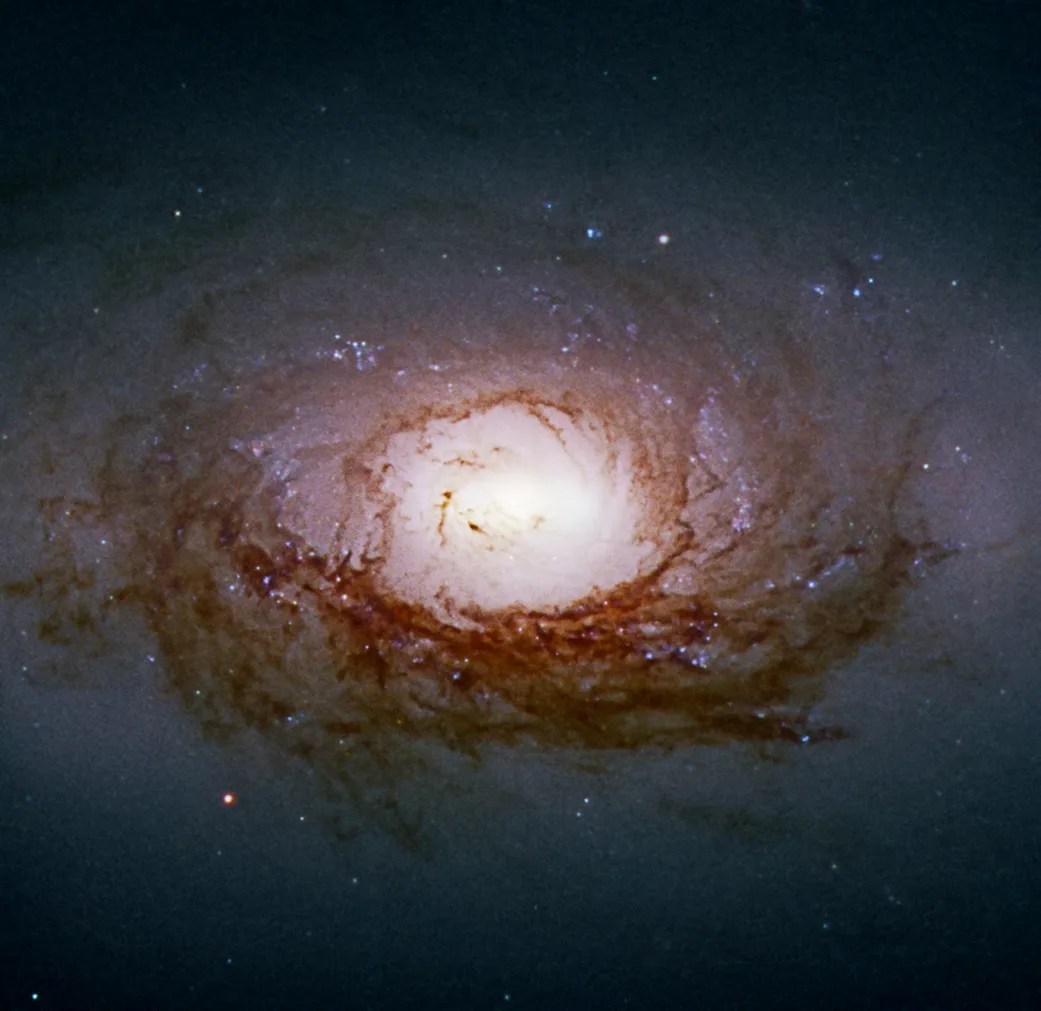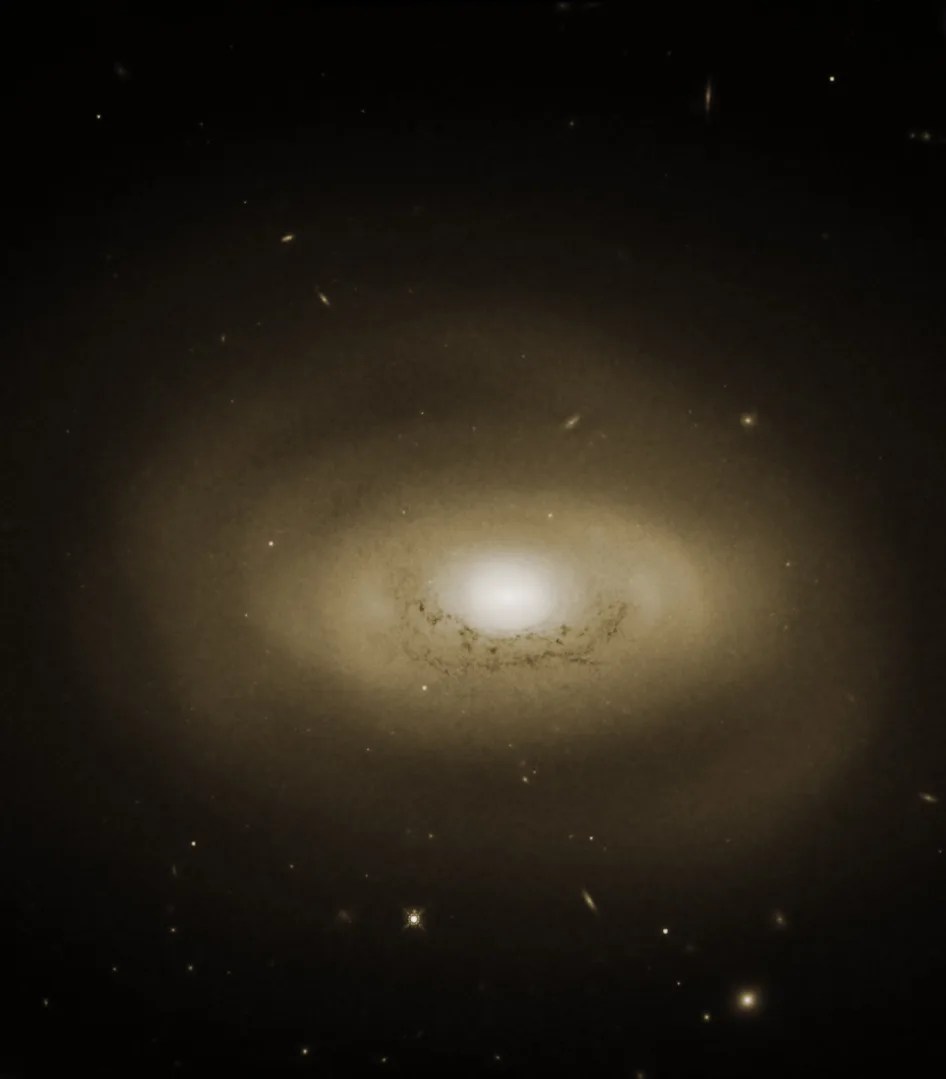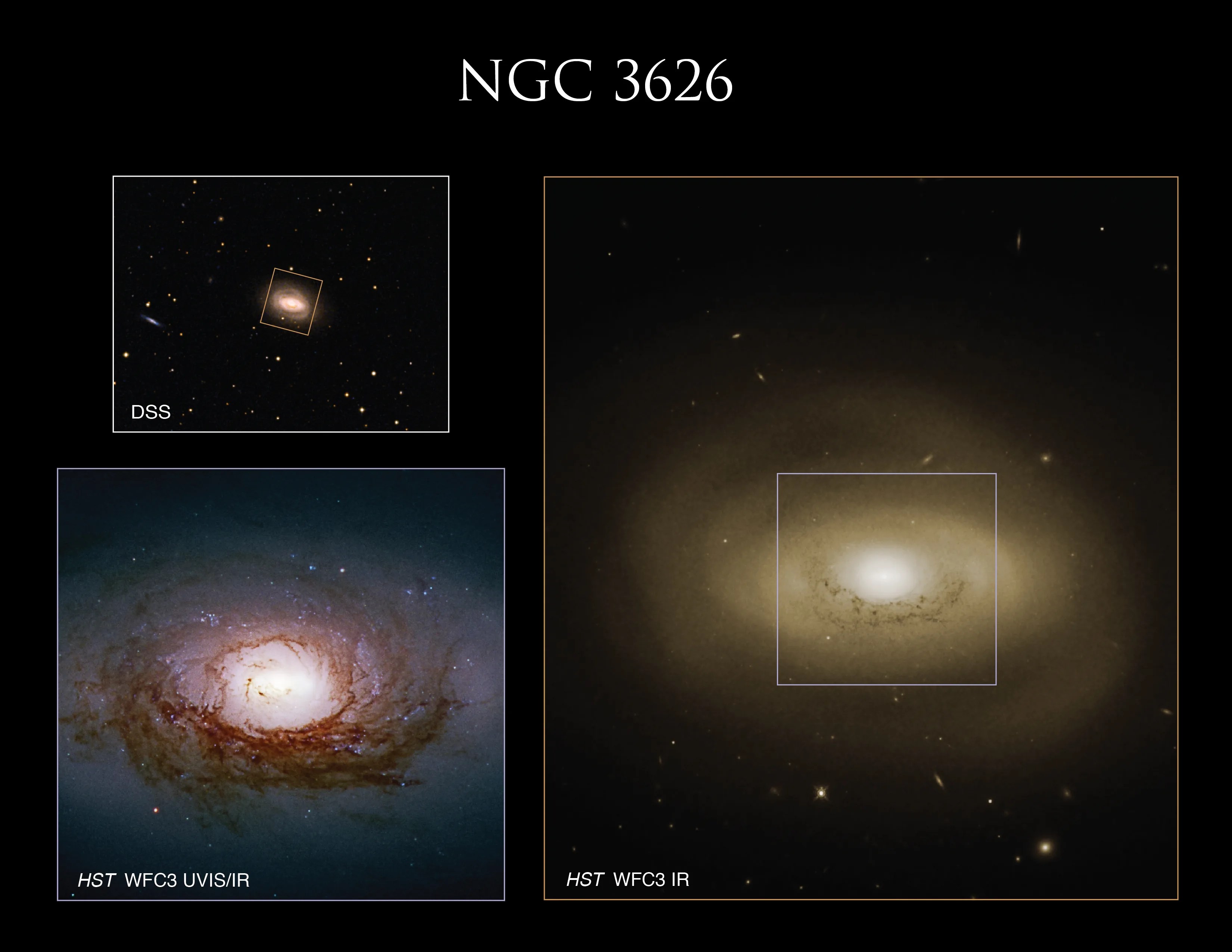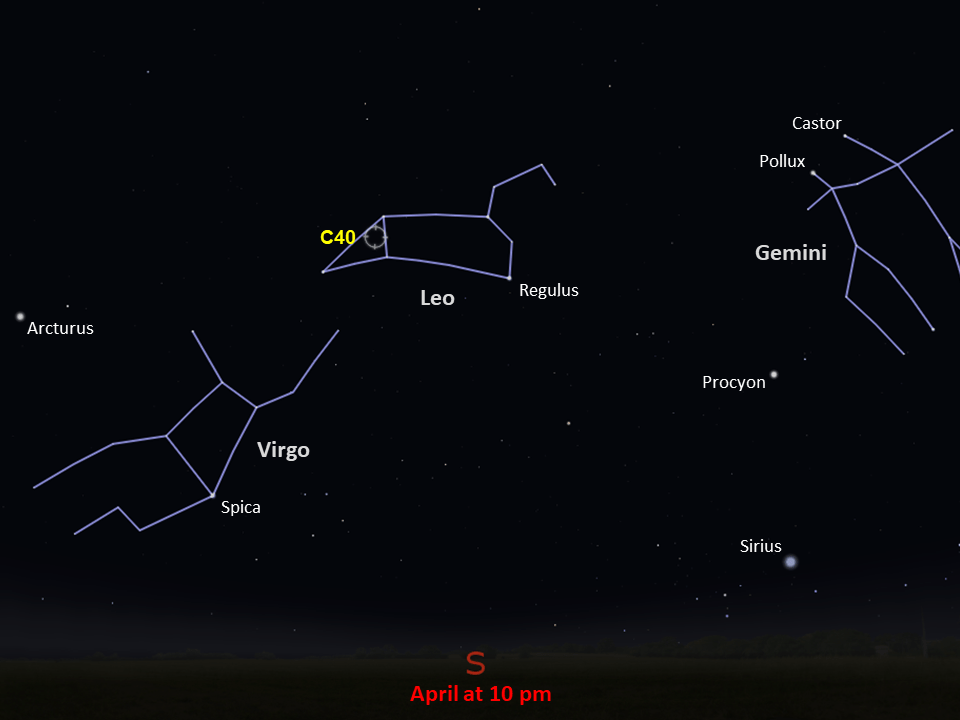Caldwell 40
Hubble’s Wide Field Camera 3 helped astronomers better understand the cores of galaxies like Caldwell 40.
Distance
70 million light-years
Apparent Magnitude
10.6
constellation
Leo
object type
Spiral Galaxy

Galaxies consist of a number of different structures, and the particulars of these structures drive the evolution of a given galaxy. One such structure in spiral galaxies like Caldwell 40 (or NGC 3626) is the galactic bulge. This structure is a densely packed region of stars that encompasses the heart of a spiral galaxy. Most galactic bulges host supermassive black holes, with the masses of the black hole and the bulge typically linked (bigger bulges harbor more monstrous black holes).
The two main types of galactic bulges are “classic bulges,” which develop after a merger with another galaxy, and “pseudobulges,” which form out of material from the galaxy’s own outer region. Recent studies suggest that “composite bulges,” which are formed by a combination of these two processes, might be common. The visible, ultraviolet, and infrared observations used to create this image of Caldwell 40 were made using Hubble’s Wide Field Camera 3 to help astronomers better understand the prevalence of “composite bulges” in the universe.
Caldwell 40 was discovered by astronomer William Herschel in 1784. It is located 70 million light-years from Earth in the constellation Leo and has an apparent magnitude of 10.6. The best time of year to observe Caldwell 40 is during the Northern Hemisphere’s spring and the Southern Hemisphere’s autumn. It can be spotted using a small telescope, but the galaxy is one of the smallest Caldwell objects in the sky, so a larger telescope is best for observing the dim and compact galaxy.




Glossary
Apparent Magnitude - The brightness of an astronomical object as seen from Earth, influenced by the object's distance from Earth, its absolute magnitude, and even gas and dust that lie between the object and Earth.
Galactic Bulge - A dense collection of stars at the center of a spiral galaxy, possibly hosting a supermassive black hole.
Spiral Galaxy - A galaxy characterized by its spiral structure, with star-filled arms that extend out from the center of the galaxy and host regions of star formation.
Supermassive Black Hole - A black hole millions or billions of times more massive than the Sun, typically residing at the center of a large galaxy.
Explore Hubble's Caldwell Catalog
The following pages contain some of Hubble’s best images of Caldwell objects.

Caldwell 1
Also known as NGC 188, this group of stars formed from a large cloud of gas making the stars roughly…

Caldwell 2
This shell of gas is expanding outward, away from the dying star within.

Caldwell 3
This barred spiral galaxy was first spotted by British astronomer William Herschel in April 1793 in the constellation Draco.




